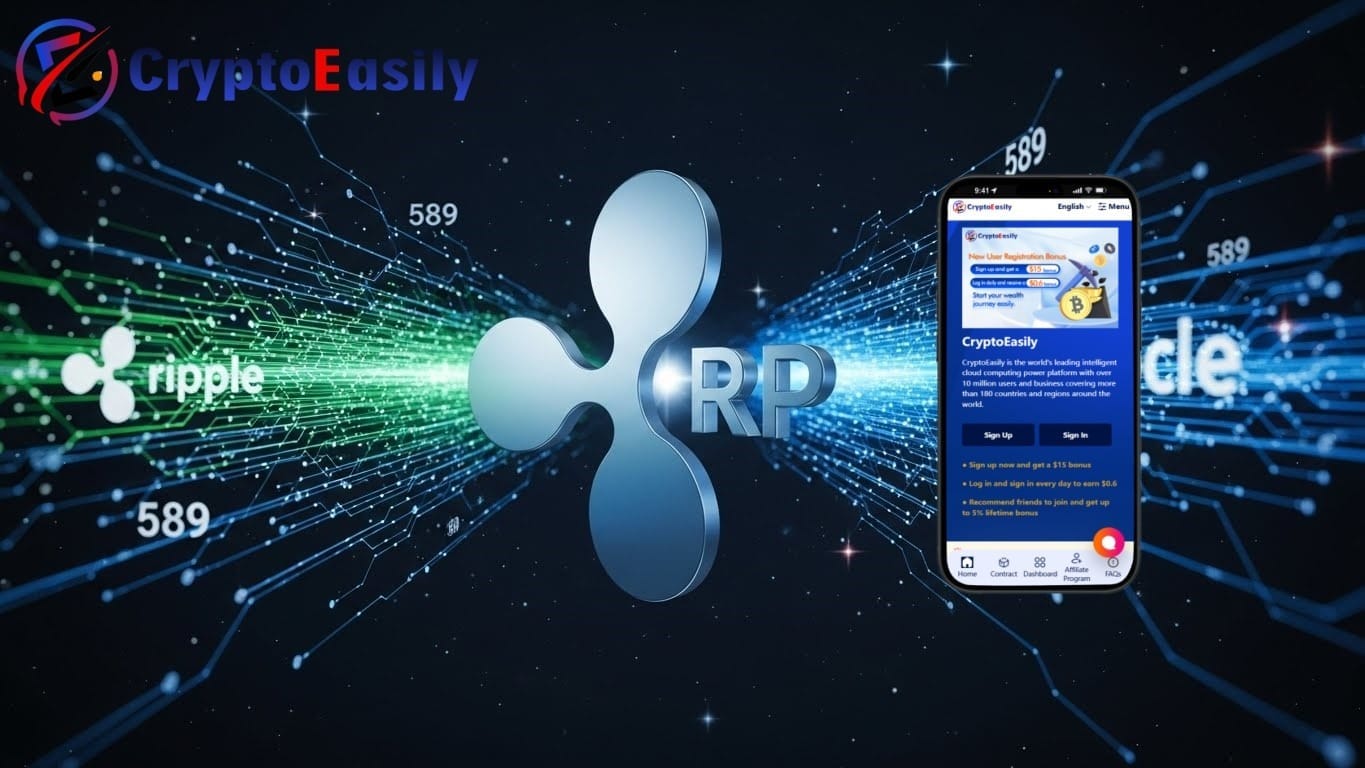Table of Contents
NFTs have recently gained significant attention and popularity. These unique digital assets are revolutionizing the art and collectibles market. However, a common question arises: What happens if you take a screenshot of an NFT?
In this article, we will explore the implications of capturing screenshots of NFTs and delve into the various aspects surrounding this topic.
Understanding NFTs
Before we delve into the consequences of screenshotting NFTs, let's first understand what NFTs are and how they are created. NFTs are digital assets representing ownership or proof of authenticity of a specific item or content. They are built on blockchain technology, which ensures their immutability and verifiability.
NFTs can represent various items, including artwork, music, videos, and virtual real estate. They are unique, indivisible, and cannot be replicated or exchanged on a one-to-one basis like cryptocurrencies. Each NFT has distinct properties that differentiate it from other tokens within the same collection.
Taking a Screenshot of an NFT
From a technical perspective, taking a screenshot of an NFT is straightforward. Users can capture the image on their screens, preserving a visual representation of the NFT. However, the implications of screenshotting an NFT go beyond the technical aspect.
When someone takes a screenshot of an NFT, they obtain a static image of the artwork or associated content. This image does not possess the underlying blockchain data or the unique properties that make the NFT valuable. It is merely a visual representation that lacks the ownership and authenticity attributes inherent in the original token.
Ownership and Authenticity Implications
Taking a screenshot does not transfer ownership of the NFT to the person capturing it. Ownership of an NFT is determined by the ownership record stored on the blockchain. Even if a screenshot circulates online, it does not grant the capturer any rights to the original NFT. The actual ownership remains with the individual recorded as the owner on the blockchain.
In terms of authenticity, a screenshot does not possess the verifiable properties of an NFT. The blockchain is a decentralized ledger, ensuring the traceability of each token's history and origin. Screenshots lack this authenticity verification and can be easily manipulated or altered. Therefore, a screenshot alone cannot be considered a legitimate representation of an NFT.
Intellectual Property Rights and Copyright Infringement
Taking a screenshot of an NFT can raise concerns about intellectual property rights and copyright infringement. NFT creators hold the copyright to their original artwork or content. While screenshots may capture the visual elements, they do not grant the right to reproduce or distribute the underlying work.
Using a screenshot to replicate or create a new NFT based on someone else's artwork or content without permission constitutes copyright infringement. Creators should be vigilant in protecting their intellectual property and monitor for unauthorized use, even if it is a screenshot.
Ethical Considerations
Beyond legal implications, there are ethical considerations surrounding screenshotting NFTs. NFT creators invest their time, effort, and creativity into producing unique digital assets. Screenshotting and sharing an NFT without proper attribution or compensation diminishes the value and recognition they deserve.
Respecting the rights and efforts of creators within the NFT ecosystem is essential for fostering a sustainable and fair environment. Collectors and enthusiasts must appreciate the actual value of an NFT and understand the impact that screenshotting can have on creators' livelihoods.
Conclusion
In conclusion, taking a screenshot of an NFT captures a static visual representation but does not grant ownership, possess unique properties, or guarantee authenticity. Screenshots lack the verifiability and blockchain data that make NFTs valuable and unique. NFT creators and collectors should be aware of the implications of screenshotting and take necessary measures to protect their assets.








